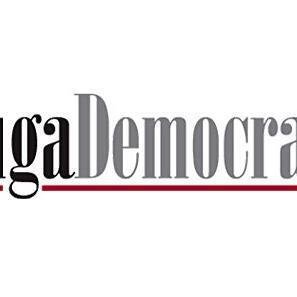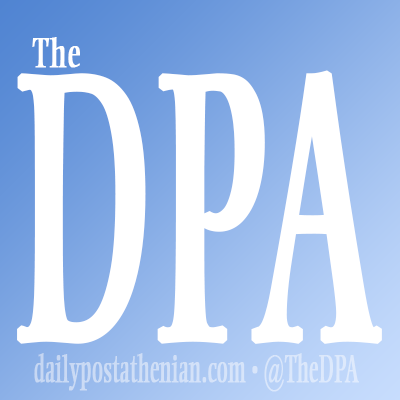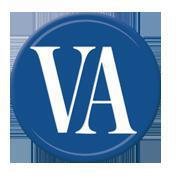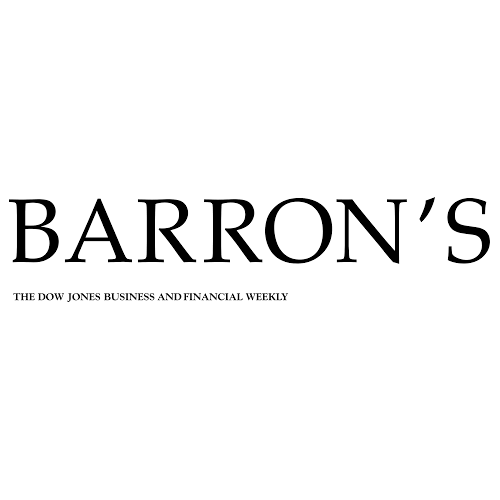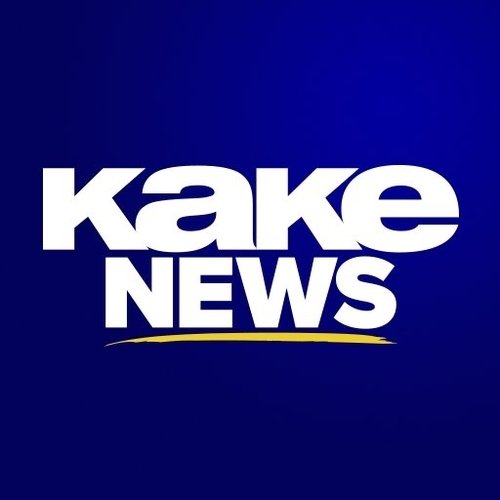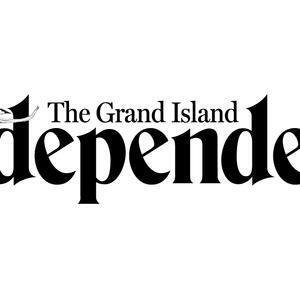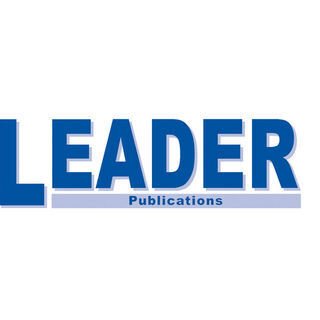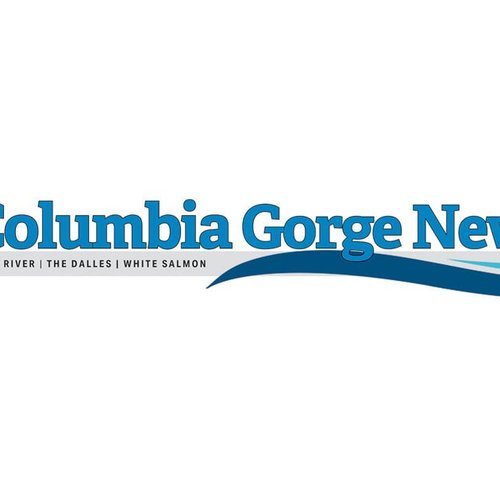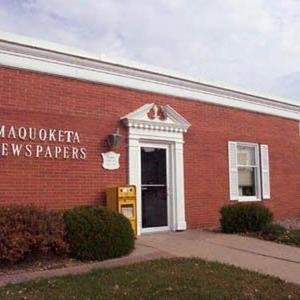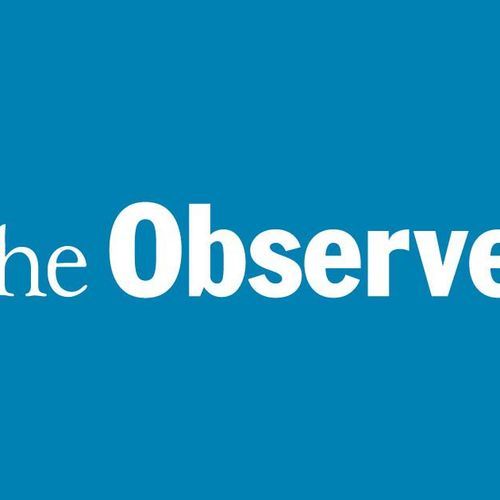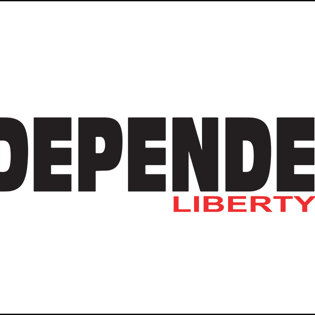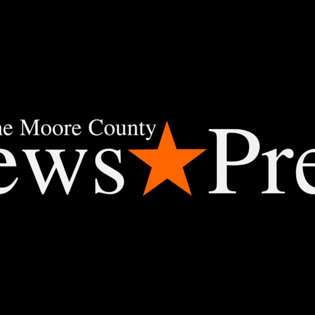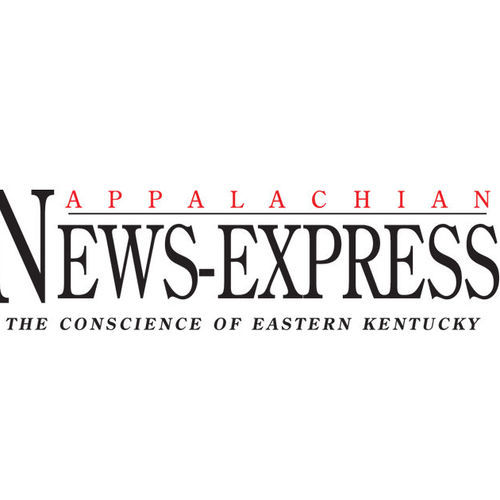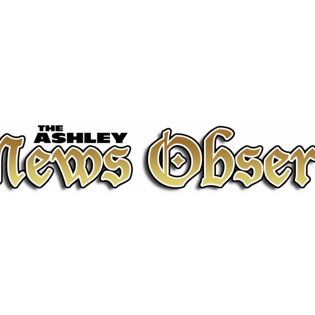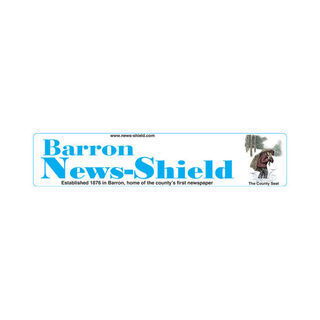The U.S. and Panama are conducting a major military exercise during the week of July 13 to practice defending the Panama Canal, an increasingly strategic chokepoint as tensions with China grow. The operation, led by the U.S. Southern Command and Panama’s National Aeronaval Service, runs from July 13 to 18 and includes more than 80 personnel from both nations.
Joint Task Force-Bravo said PANAMAX Alpha Phase 1 aims to strengthen regional security, improve coordination and build the capacity to defend critical infrastructure. Training operations include fast-rope insertions, helicopter rescues and emergency medical evacuations near key canal facilities, with some operations staged at heliports and hospitals.
Yesterday, @JTF_Bravo supported @senafrontpanama & @aeronavalpanama service members as they trained alongside U.S. military on properly, safely, & efficiently loading & offloading from a CH-47 Chinook. As part of PANAMAX-Alpha Phase I, the Government of #Panama conducted… pic.twitter.com/finuMoXONk
— U.S. Southern Command (@Southcom) July 15, 2025
What role does China play in rising regional tensions?
Tensions have escalated over China’s growing global shipping and port infrastructure footprint, especially near the Panama Canal. Earlier this year, CK Hutchison proposed a $23 billion sale of its port assets, including two terminals at the canal’s Atlantic and Pacific entrances, to U.S.-aligned investors BlackRock and MSC.
According to The Wall Street Journal, China has threatened to block the deal unless its state-owned shipping firm Cosco is granted a stake. The exclusivity period for U.S. buyers ends July 27, and Chinese officials are pressuring all parties to include Cosco or risk regulatory retaliation.
The port deal drew renewed scrutiny after President Donald Trump claimed China “operates” the Panama Canal, a remark that drew global attention.
That move, coupled with the current military exercise, reflects Washington’s dual-track strategy: countering Beijing’s growing leverage through both defense cooperation and economic influence in the region.
U.S. and Panamanian officials say exercises like PANAMAX-Alpha are critical for regional stability, particularly as Panama seeks to maintain control over a globally vital shipping route.
What’s next for US-Panama security cooperation?
During PANAMAX Alpha Phase 0, conducted in March and April, Joint Task Force-Bravo delivered medical services to more than 800 residents in remote areas, distributed 18,000 pounds of food and supported school construction and clinic projects with Panamanian agencies. Those efforts laid the groundwork for the current military simulations.
At the same time, U.S. Navy and Army units remain active in Panama through the Continuing Promise 2025 mission. The USNS Comfort recently completed a medical deployment in Colón, offering health services, disaster preparedness exercises, veterinary care and engineering projects.




